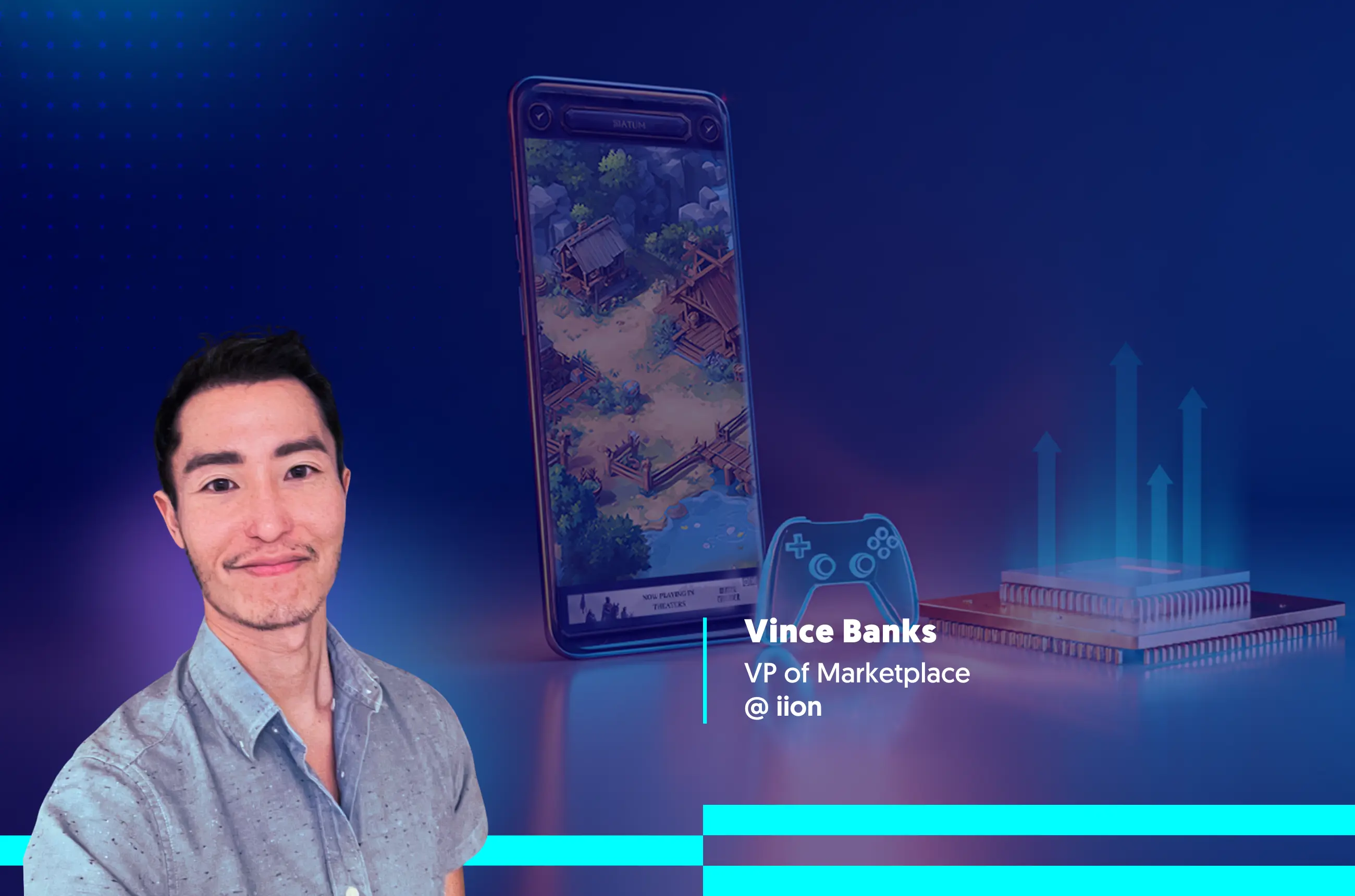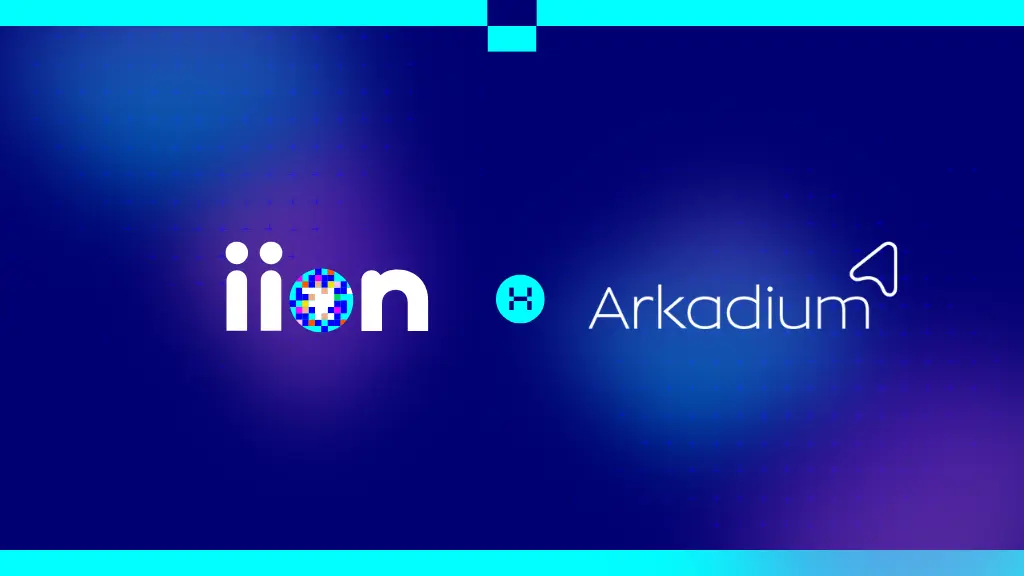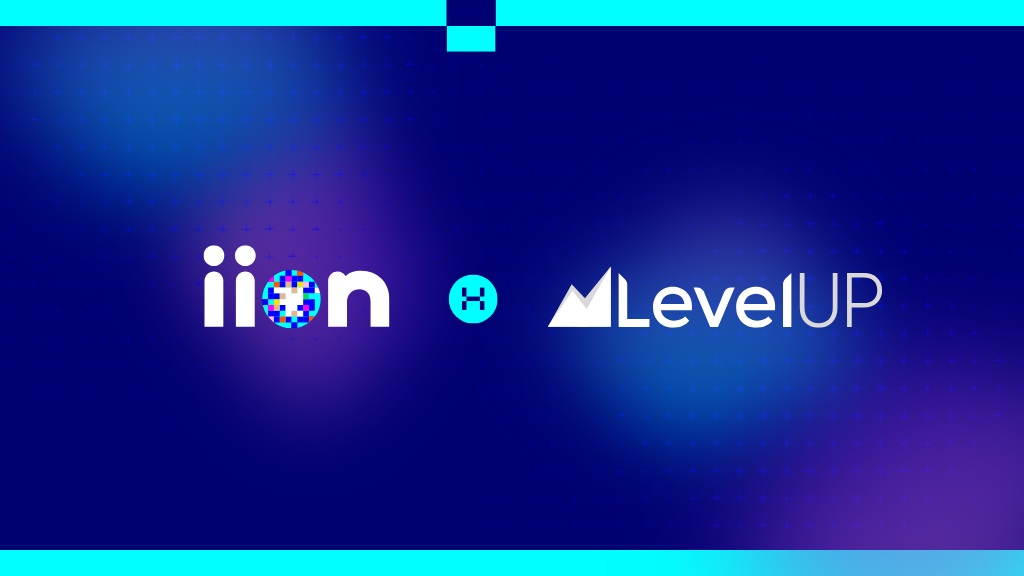AdTech
Joining the Dots Between Attention and Engagement: Why Gaming is the Perfect Channel

Over the past decade, the advertising industry has evolved from counting impressions to chasing true attention. Now the conversation is moving on again: marketers, publishers and measurement vendors are treating attention as the new unit of exchange that will drive higher levels of engagement than previously seen.
And this is especially true in gaming, making the channel a blueprint for what comes next. Here, we unpack why attention has become table stakes, how gaming unlocks it, and what marketers should do now.
From eyeballs to outcomes
Early ad metrics answered a simple question: was the ad even on screen? The problem is, “50% of pixels for 1-2 seconds” rule never guaranteed that anyone actually looked at it. So now the industry is using predictive models that tie attention probability to real-world results, rather than treating every viewable impression as equal.
By 2023, nearly all advertisers (96%) were using attention metrics in at least some of their media. And last year, Marketing Week argued that attention must be valued consistently across channels so brands can budget against it with confidence.
But why the urgency? Because audiences swipe fast: the average Facebook user spends just 1.7 seconds with a piece of mobile content, dropping to 1.3 seconds for Gen Z. With that window closing, media that naturally commands longer, more deliberate, focus is worth a premium.
Gaming’s attention advantage
Unlike passive scrolling or second-screen TV viewing, gaming demands and receives 100% focus. Regardless of your age, device (mobile or console), or type of game you’re playing, you’re engaged fully in the game. You’re not putting your device down and pausing in the commercial break to make a drink. Instead, you’re watching the ads. For us here at iion, that makes gaming a unique, authentic channel for marketers to tap into.
Try speaking to someone when they’re playing Candy Crush - their attention is undivided. Eye-tracking studies back that up: rewarded-video ads achieve 99% viewability, comfortably beating social and online video. Meanwhile, ExchangeWire highlights that gamers enter an “active mindset” which is ready to interact - the opposite of the passive lean-back nature of social feeds.
Video ad formats go one step further. In-game rewarded videos hold the user’s gaze for roughly 22 seconds, versus 2-5 seconds for skippable or in-feed video. Digiday’s 2024 Gaming Advertising Forum echoed the finding: gaming outperforms video and social on both raw seconds and prompted recall.
Crucially, attention in games is earned, not forced. Essentially, players are opting into a value exchange: they might watch a clip to gain a life, or they might try out a playable ad to unlock a level. In this way, the ad complements - rather than interrupts - the experience. And of course, that authenticity nurtures higher completion rates, even for 15-second creative units that would struggle to hold attention in other channels.
Moving beyond traditional metrics
Rather than focusing on vanity metrics (CTR and impressions) and even high attention, marketers should instead overlay metrics that suggest impact on quality “engagement time” or “time spent with brand”. This refers to users choosing to physically interact with a brand because of the perceived value exchange with the brand - be it through an enticing game unit or providing data (e.g. entering an email address in return for an exclusive brand offer).
As an example, in iion campaigns, playable ads, launching directly from an interstitial, can extend engagement from six seconds anywhere up to sixty seconds inside the game environment. Meanwhile, mini games can be used to engage users outside of the game, for example on dedicated microsites, for more engaging, longer and more complex game play.
With these formats, we’re really starting to move the needle on ad engagement levels, with a recent Garnier campaign achieving 7x the industry benchmark through strategic ad placement, targeted gaming environments, and advanced attention measurement.
What’s next for attention?
With everyone benchmarking against attention, the question is shifting from whether to buy attention to how effectively you can do it. With AI-driven optimisation, our customers will soon “buy to attention”, optimising towards formats and placements that maximise user gaze for each creative.
Today, marketers have to work around a suite of very complex conditions - increasing privacy rules, an expanding array of digital channels (and their ever growing challenges in tracking and measurement), and market condition head winds, to drive business results. And for this to be realised, marketers will need to pivot away from vanity metrics toward the channels that have proven attention, engagement and correlating ROI.
Attention has always been the prerequisite for persuasion; we just lacked the tooling to measure it at scale until now. But as real-time, privacy-compliant eye-tracking technology, predictive models and AI optimisation matures, attention is no longer a ‘nice to have’. It’s the buy-side’s new baseline, the sell-side’s new pricing lever and the creative team’s new North Star.
























